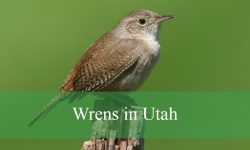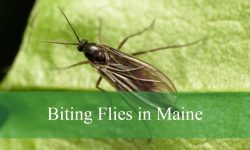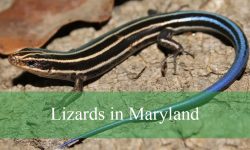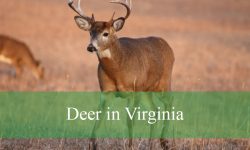Squirrels in Colorado are common and lively animals that many people enjoy watching outdoors. These small mammals live in forests, parks, and even city neighborhoods across the state. Each species has unique traits that make spotting and identifying them fun.
This guide covers 7 squirrels in Colorado, with pictures and identification tips to help you recognize each one. From tree squirrels to ground squirrels, you’ll learn about their habits, appearances, and favorite habitats.
Squirrels in Colorado play an important role in the ecosystem by spreading seeds and serving as prey for larger animals. Getting to know them better can deepen your appreciation for Colorado’s wildlife and natural beauty.
Common Squirrels Found in Colorado
Abert’s Squirrel (Sciurus aberti)

Abert’s Squirrel is easily recognized by its distinctive long ear tufts and striking gray fur with reddish-brown patches, giving it a unique appearance among tree squirrels. It has a medium size, measuring about 16 to 20 inches in length including its bushy tail, and typically weighs between 14 to 25 ounces. Its fur coloration helps it blend seamlessly into the ponderosa pine forests it inhabits.
This species is highly active and agile, spending most of its time in the upper canopy of ponderosa pine trees. Abert’s Squirrels are diurnal, meaning they are active during the day, and they often leap between branches with great agility to forage or escape predators. Their sharp claws aid in climbing and gripping the bark of trees.
In terms of diet, Abert’s Squirrel primarily feeds on the seeds and bark of ponderosa pine cones. They also consume fungi, berries, and occasionally insects, making them opportunistic feeders. Their reliance on ponderosa pine makes them closely tied to this specific forest type for food and shelter.
Within Colorado, Abert’s Squirrel is mostly found in the mountainous regions where ponderosa pine forests are abundant, particularly in the central and western parts of the state. Their presence is an important indicator of healthy pine forest ecosystems, and they play a role in seed dispersal and forest dynamics.
Rock Squirrel (Otospermophilus variegatus)
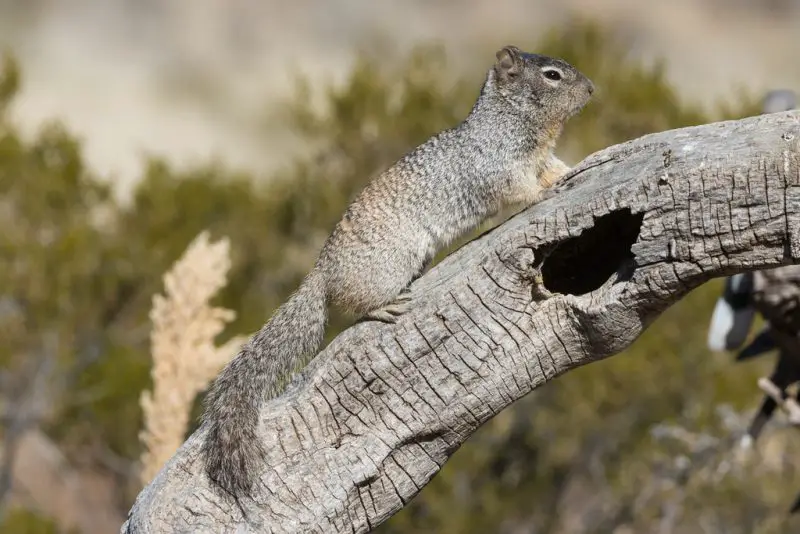
The Rock Squirrel is a large ground squirrel species with a mottled gray and brown coat that provides excellent camouflage among rocky terrain and canyonlands. It can grow to about 16 to 20 inches in length, including its tail, and weigh between 1.5 to 3 pounds, making it one of the larger squirrels in Colorado.
Rock Squirrels are primarily terrestrial and are often found sunning themselves on rocks or scurrying between crevices in southwestern Colorado’s rocky habitats. They are known for their bold behavior and will sometimes approach humans, especially in areas where they are accustomed to people. Their burrows are usually dug in rocky crevices or under large boulders.
Diet-wise, Rock Squirrels have a varied omnivorous diet. They feed on seeds, nuts, fruits, and occasionally insects or small vertebrates. This flexible diet allows them to thrive in harsh, arid environments where food availability can be unpredictable.
In Colorado, Rock Squirrels are mostly distributed in the southwestern part of the state, favoring dry, rocky landscapes such as canyons and mesas. Their ability to adapt to rugged environments makes them a common sight in these less vegetated regions.
Golden-mantled Ground Squirrel (Callospermophilus lateralis)
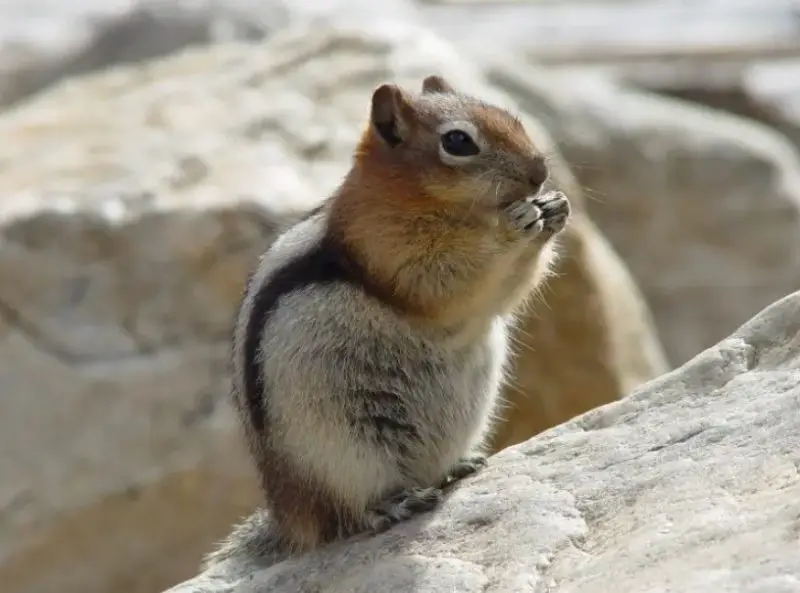
The Golden-mantled Ground Squirrel closely resembles a chipmunk but is larger and lacks the distinct facial stripes. It features a golden-brown mantle running down its back with black and white stripes along its sides, making it easily distinguishable from other ground squirrels. Adults typically measure 9 to 12 inches long and weigh around 6 to 10 ounces.
This species is mostly terrestrial but is also an excellent climber. It inhabits mountainous and forested areas, often found near rocky outcrops and open forests in Colorado. Golden-mantled Ground Squirrels are diurnal and actively forage during daylight hours.
Their diet is omnivorous and highly varied, consisting of seeds, nuts, fruits, insects, and occasionally small animals or bird eggs. This broad diet helps them survive through seasonal changes when certain food sources become scarce.
In Colorado, Golden-mantled Ground Squirrels are commonly found in the mountainous regions and coniferous forests, especially in areas with rocky terrain. They build burrows or nests under rocks and logs, where they also hibernate during the winter months.
Thirteen-lined Ground Squirrel (Ictidomys tridecemlineatus)
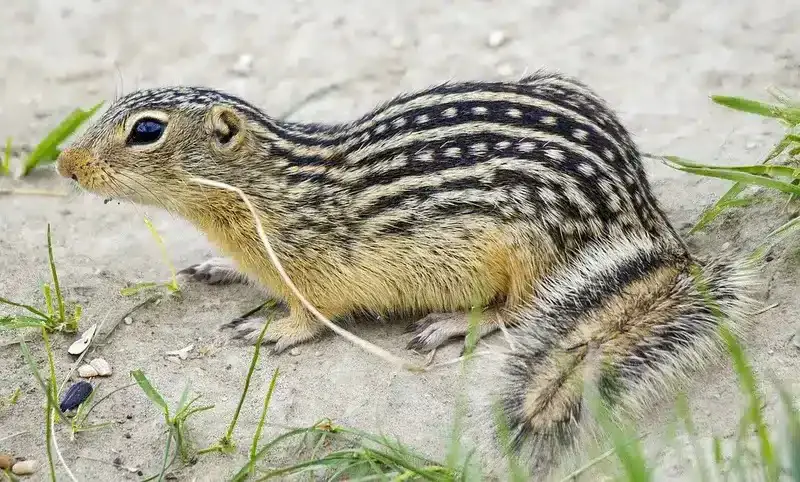
The Thirteen-lined Ground Squirrel is a small, slender ground squirrel easily identified by the distinctive 13 alternating light and dark stripes that run along its back and sides. Adults typically measure about 9 to 12 inches in length, including their tail, and weigh around 4 to 6 ounces. Their striped pattern serves as excellent camouflage in their preferred habitats.
This species favors open grasslands, prairies, and fields, where it creates burrows underground for shelter and protection. It is highly active during the day and spends much of its time foraging on the ground. The Thirteen-lined Ground Squirrel is known for its quick and alert behavior, often darting back into its burrow at the first sign of danger.
Their diet is omnivorous, feeding mainly on seeds, insects, and small animals such as young birds or amphibians. This varied diet helps them adapt to seasonal food availability and changing environmental conditions.
In Colorado, the Thirteen-lined Ground Squirrel is mostly found in the eastern plains and grassland regions. It plays a vital role in the ecosystem by aerating soil through its burrowing and controlling insect populations.
Eastern Fox Squirrel (Sciurus niger)
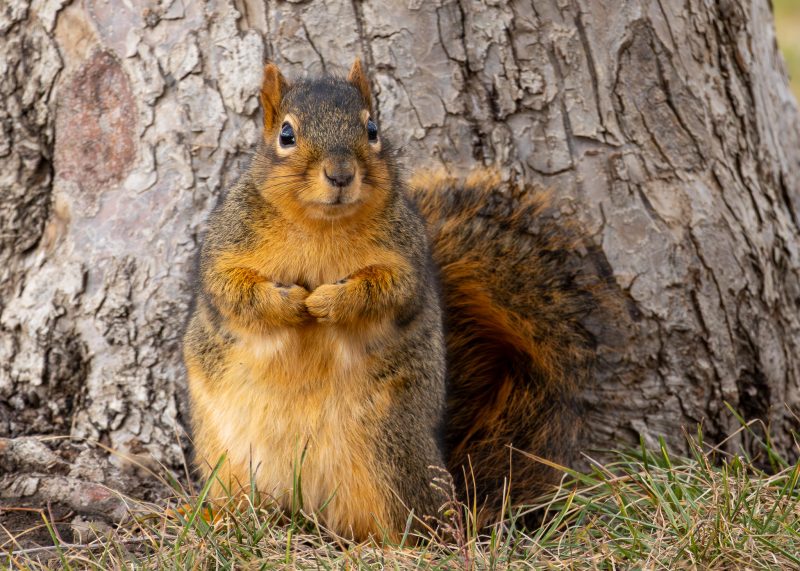
The Eastern Fox Squirrel is a large and robust tree squirrel known for its rusty-orange fur and a large, bushy tail. Adults can reach lengths of up to 20 inches, including the tail, and weigh between 1.5 to 2.5 pounds. Their vibrant fur color makes them stand out in the woodlands and urban parks where they live.
This squirrel is commonly found at lower elevations in woodlands, forests, and suburban neighborhoods throughout Colorado. It is adaptable and often seen foraging on the ground or in trees, comfortable around human habitats as well.
The Eastern Fox Squirrel is an omnivore with a diet that includes nuts, seeds, fruits, fungi, and occasionally insects or bird eggs. They are known to store food in caches to survive the winter months when food is scarce.
In Colorado, this species prefers mixed woodlands and areas with mature trees, but it also thrives in city parks and residential areas, showing remarkable adaptability to human presence.
Eastern Gray Squirrel (Sciurus carolinensis)
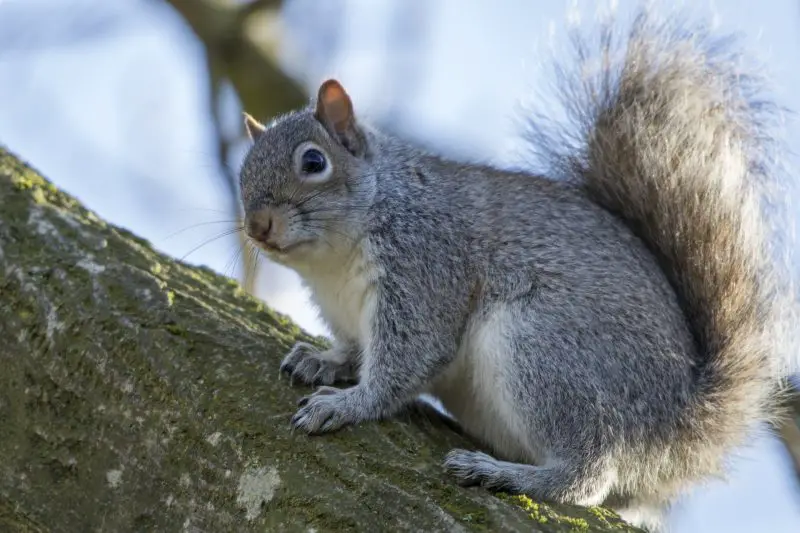
The Eastern Gray Squirrel is a medium-sized tree squirrel characterized by its gray fur with a white or pale belly. Adults measure about 16 to 20 inches long, including the tail, and weigh approximately 1 to 1.5 pounds. Its bushy tail and agile movements are typical of tree squirrels.
Although more common in the eastern United States, Eastern Gray Squirrels have been introduced to some parts of Colorado, especially urban and suburban areas. They are less abundant than Fox Squirrels in the state but can occasionally be spotted in parks and wooded neighborhoods.
Their diet primarily consists of nuts, fruits, fungi, and sometimes bird eggs or insects. These squirrels are excellent foragers and will often bury nuts for later consumption.
In Colorado, the Eastern Gray Squirrel tends to be localized in areas with sufficient tree cover, especially in towns and cities where suitable habitat and food are available.
Southern Flying Squirrel (Glaucomys volans)
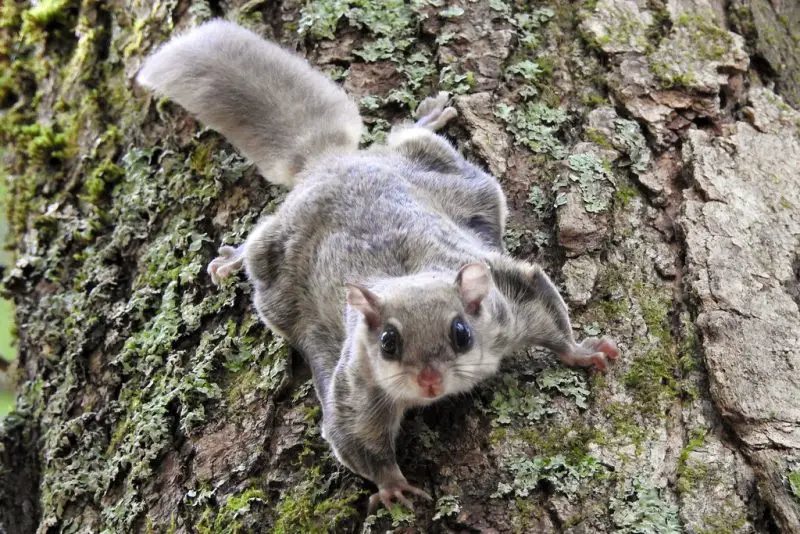
The Southern Flying Squirrel is a small, nocturnal squirrel notable for its large eyes and patagium — a skin membrane stretched between its limbs that allows it to glide between trees. Adults are relatively small, measuring around 8 to 10 inches long with a soft, grayish-brown coat.
This species is active mainly at night and uses its gliding ability to travel efficiently through deciduous forests. It nests in tree cavities or abandoned woodpecker holes and often shares dens during colder months for warmth.
The Southern Flying Squirrel’s diet includes nuts, seeds, fungi, fruits, and insects, making it an opportunistic feeder. It plays an important role in forest ecology by dispersing seeds and fungal spores.
In Colorado, Southern Flying Squirrels inhabit deciduous forests primarily in the southern and eastern parts of the state, where mature trees provide suitable nesting sites and food sources.
FAQ About Squirrels in Colorado
What types of squirrels live in Colorado?
Colorado is home to several species of squirrels including tree squirrels like the Fox Squirrel and Abert’s Squirrel, ground squirrels such as the Colorado Ground Squirrel, and chipmunks. Each species has distinct behaviors and habitats.
Where can I commonly see squirrels in Colorado?
Squirrels can be found in a variety of habitats across Colorado, including forests, grasslands, urban parks, and suburban areas. Tree squirrels prefer wooded areas while ground squirrels are often seen in open fields and meadows.
What do squirrels in Colorado eat?
Squirrels have a diverse diet that includes nuts, seeds, fruits, insects, and sometimes bird eggs. Tree squirrels often gather acorns and pine cones, while ground squirrels may also eat grasses and roots.
Are squirrels in Colorado active year-round?
Many squirrels in Colorado are active throughout the year, but some species, like ground squirrels, may hibernate or enter periods of torpor during the cold winter months to conserve energy.
How can I tell the difference between types of squirrels in Colorado?
Key differences include size, color, tail shape, and behavior. Tree squirrels usually have bushy tails and climb trees, while ground squirrels have shorter tails and spend more time on the ground. Chipmunks are smaller with distinctive stripes on their backs.
Do squirrels cause any problems in Colorado neighborhoods?
Squirrels can sometimes be a nuisance by raiding bird feeders, chewing on wires, or nesting in attics. However, they also provide important ecological benefits, such as seed dispersal and serving as food for predators.
How can I attract squirrels to my yard safely?
Providing food like unsalted nuts, seeds, and fresh water can attract squirrels. Planting native trees and shrubs that produce nuts and berries also helps. Avoid feeding processed foods and keep feeders clean to prevent disease.


